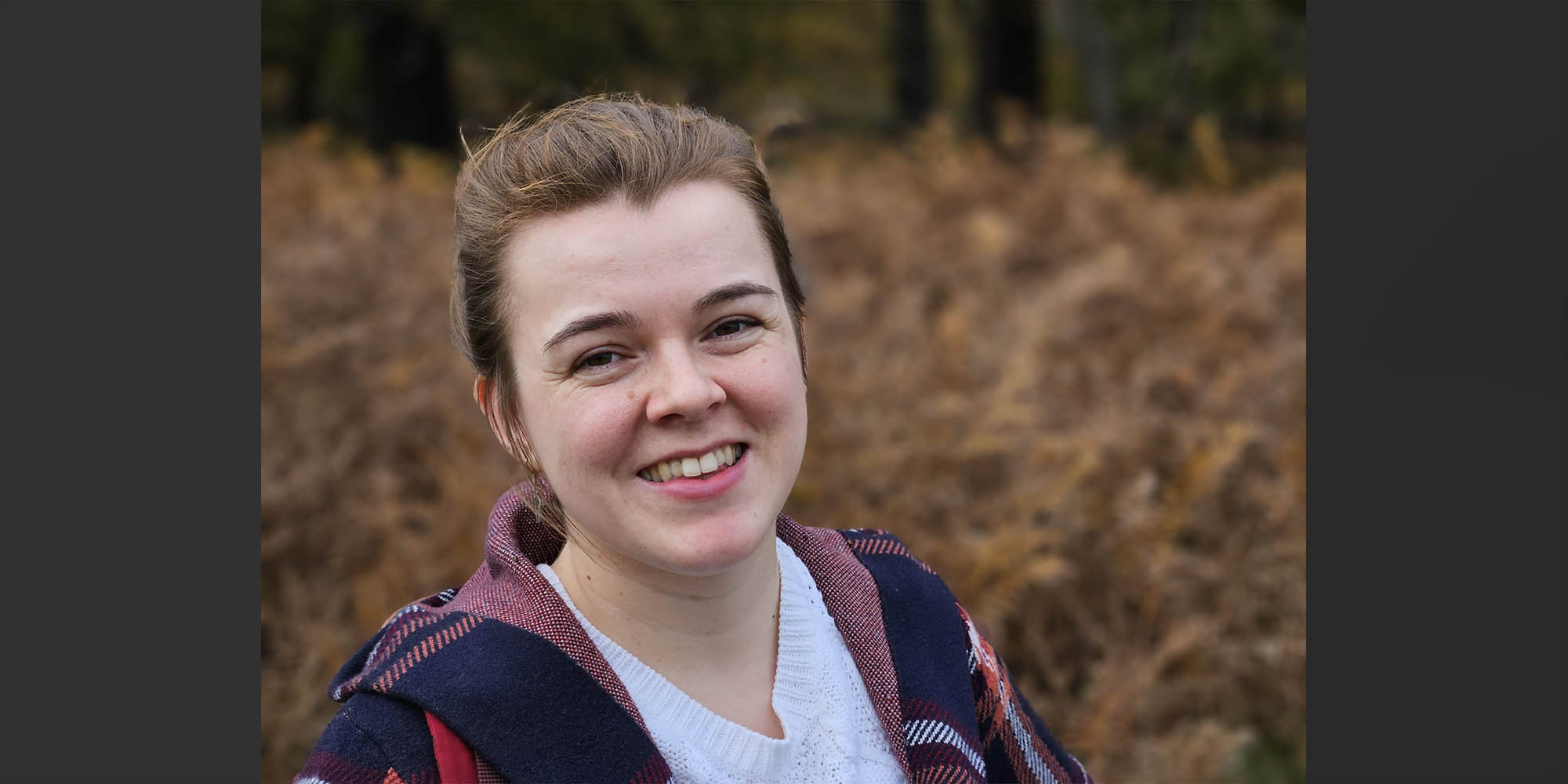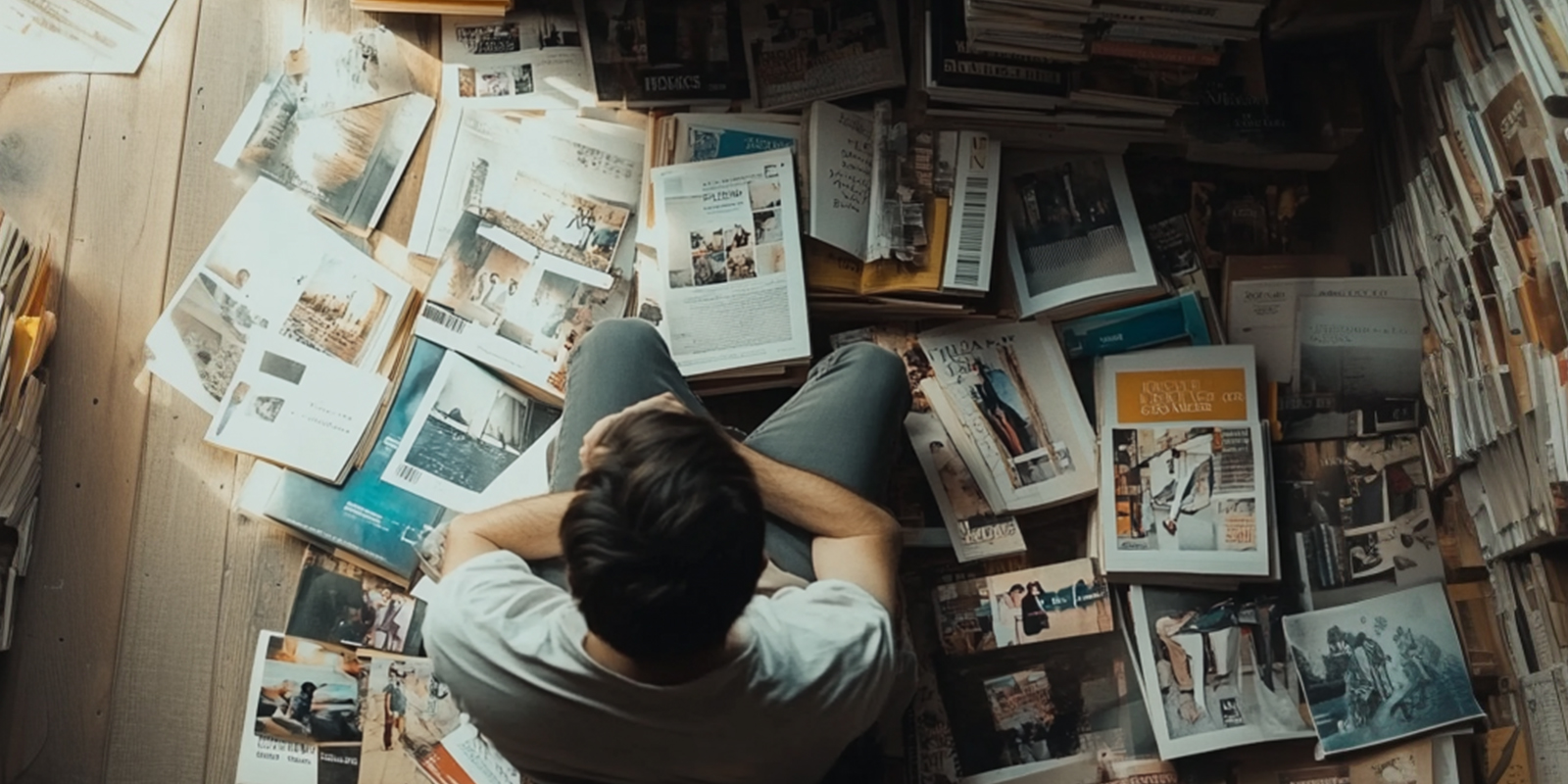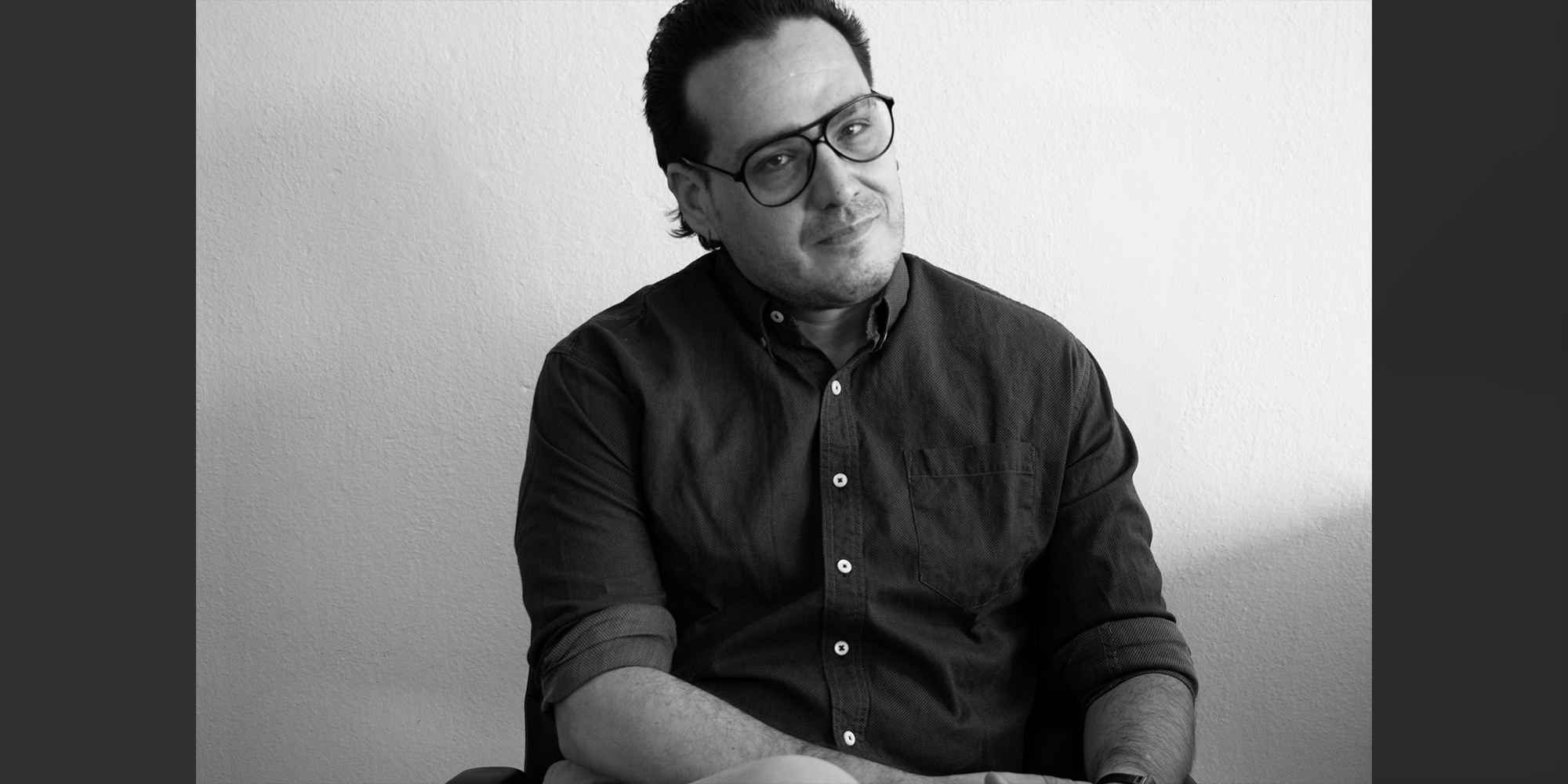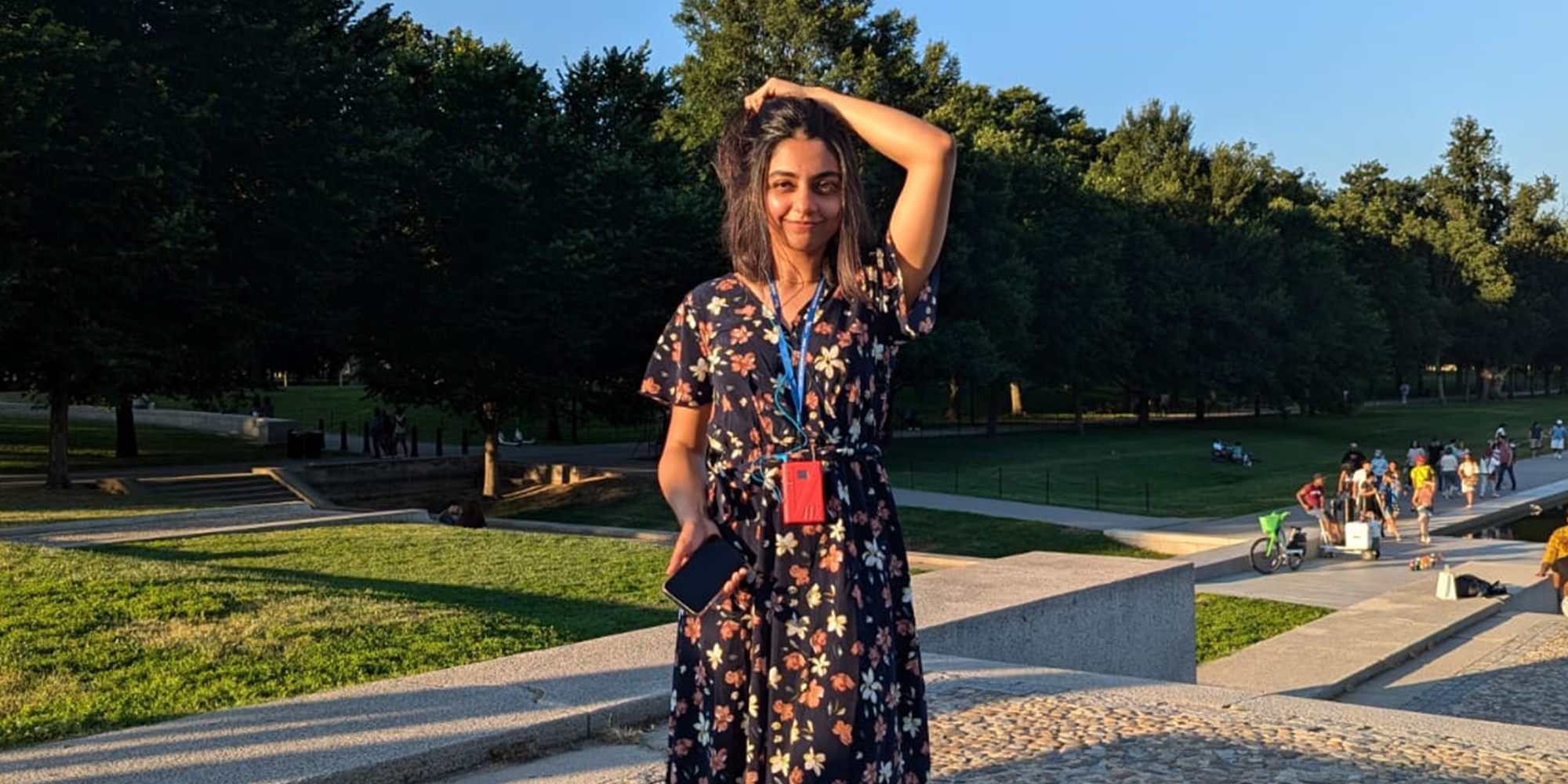In this installment of Media Matters on Fublis, we delve into the inspiring journey of Laura Puttkamer, a freelance journalist and writer specializing in urban development, sustainability, and solutions-based journalism. With a background in political science and urban planning, Laura’s passion for storytelling has driven her to spotlight innovative urban projects, the impact of SDG 11, and the transformative power of participatory planning. Through her work, Laura bridges the gap between technical urban concepts and public understanding, offering valuable insights for cities striving toward inclusivity and resilience. Join us as Laura shares her experiences and advice for aspiring writers.
Can you tell us about your work as a freelance journalist and writer?
Laura Puttkamer: Yes, of course! I have a background in political science and urban development & planning. At the same time, I have always loved writing. When I was first looking for a job in the field of community participation in urban planning, I realised that by writing about the projects and supporting with grant applications, I could combine my knowledge, my skills and my passion.
I have since completed a training in Solutions Journalism as well as a diploma in Feature Writing from the London School of Journalism to continue developing my writing skills.
For the last eight years, I have worked as a freelancer, inspired by my mother who has been freelancing for 30 years. I always have a mix of different clients and magazines I write for. With the advance of artificial intelligence, which is already taking over quite a few writing tasks, I find that both solutions-focused journalism and communications consultancies are a good direction to take.
What inspired you to focus on storytelling and solutions-based journalism?
Laura Puttkamer: I am a positive and solutions-oriented person who is always looking for interesting stories and examples of improving the world around us. Urban planning has a lot of these stories, but often, they are not being communicated very well. Planning applications and reports can be intimidating and sometimes boring, even though they hold a lot of valuable ideas.
When I first attended a big urban planning conference, HABITAT III in Ecuador, I learned about the term “urban journalism”. I attended an academy with many journalists I admire to this day. They taught us how to tell stories from cities so that we can all learn from each other and find inspiration – especially in unexpected places.
How do you incorporate SDG 11 into your writing and research?
Laura Puttkamer: Making cities inclusive, safe, resilient, and sustainable is at the heart of almost every city’s urban planning. There are very clear indicators on how to reach this goal, which provides an interesting analytical frame for presenting solutions or news stories from cities.
However, we only have five years left to meet the Sustainable Development Goals and like most of them, SDG 11 is also falling behind. That makes it even more important to find and share examples of cities and communities that are doing well and have some lessons to share, such as Curitiba in Brasil or Kigali in Rwanda.
What’s a story or project you’ve covered that has inspired you the most?
Laura Puttkamer: One story that immediately comes to mind is that of the planned Jardín del Viento or Wind Garden, which will be part of a new park in Madrid. I interviewed an architect from West 8 who was part of the team that designed of this innovative, spiral-shaped structure. It will be covered by vegetation such as mosses and ferns and it will rise above the treetops to catch cool breezes. There are then filtered through the green structure towards the surface of the park, roughly at the height of humans, so that the Wind Garden creates a microclimate. It will help cool the North of Madrid by up to 4°C during the city’s hot summers, while also being a meeting point and an element of local identity. But best of all, the design is inspired by Mediterranean gardens and courtyards, like the ones you can find in Morocco, for example. The result: a natural air conditioning system!
How do you find innovative projects and stories about citizens transforming their cities?
Laura Puttkamer: I follow solutions story outlets such as Reasons to be Cheerful, Positive News, and inspiring, uplifting stories published by the BBC and The Guardian. They often give me ideas to explore further. Looking at the work of international organisations and their success stories is another good source.
One of my main recommendations is to attend conferences, such as the World Urban Forum, which happens every two years and is free. It’s the world’s largest gathering of planning and architecture experts, full of fascinating workshops and talks.
And whenever I travel, I research what my destination city is doing in terms of sustainability and SDG 11, what interesting projects are coming up, and what local news and concerns are. Just talking to anyone in the city about their hopes and dreams can be a great source!
What do you enjoy most about writing on topics like climate change and sustainable urban planning?
Laura Puttkamer: I enjoy featuring stories that have not been covered a lot to make sure that we truly learn from other cities. Of course, there are many inspiring projects in Paris and Copenhagen, for example, but have you heard of Freetown, the Treetown (a campaign to plant one million trees in Sierra Leone’s capital city)? Or of Quezon City in the Philippines, where around 30 percent of the budget goes towards climate action?
Many of my friends and colleagues who also work in climate change experience feelings of hopelessness or frustration. And while that happens to me too, it is much rarer since I get to focus on the many positive developments that we have worldwide. I especially enjoy writing about unexpected and very impactful projects.
Can you share an example of a city or community implementing SDG 11 in a meaningful way?
Laura Puttkamer: Let’s take Quezon City: Mayor Josefina Belmonte supports a decarbonisation path that she herself calls aggressive, including doubling the number of parks and expanding green spaces by up to 40 percent until 2030. The city has an office dedicated to the SDGs (currently the only city in the world to have this, as far as I know). There are over 1,000 urban farms, active mobility offers, community-based circular economy programmes to tackle waste, upcycling projects, and food waste initiatives. I was particularly impressed with the trash-to-cash system: Residents participating in the programme get environmental points after recycling their trash which they can use for groceries and paying their electricity bills.
This shows that if you direct enough resources and invest in cultural awareness, cities can get a lot closer to SDG 11 in a short space of time. Of course, there are always budget constraints, but making a city more sustainable has so many other benefits that there are really no reasons against it.
What challenges do you face when writing about complex topics like urban planning and climate change?
Laura Puttkamer: Cities are incredibly complex and there are so many perspectives on any given topic that it is often hard to learn about and include them all. Depending on the cultural and political background, interviewees can be worried about sharing what they really think of challenges and solutions in a city.
And then there is the language: Urban planners, architects, and climate change experts each have their own vernacular, of course, which is often hard to understand. By breaking down what they mean, it is possible to explain their ideas or suggestions to a larger audience, but details can get lost on the way.
In addition, these fields are still quite male-oriented. It has happened to me that I get taken less seriously because I am a woman. Mansplaining is also an issue. Developing good interviewing skills is key, but so is honesty and putting up boundaries.
How do you see participatory urban planning shaping the future of cities?
Laura Puttkamer: I am glad you asked! I actually started my blog to share participatory methods in cities. That was around ten years ago when the idea received a lot of attention. By now, participation has become less of a buzzword but is slowly being accepted as part of urban planning in many places.
There is no one-size-fits-all approach with participation and it can look very different even within a city or community. But I think that planners and architects always need to take the residents’ needs into account, and you can only really do that by sitting down together and having an open conversation before you start planning and designing.
One of the most effective participatory planning methods I have seen is participatory budgeting, where residents can decide what their city will do with part of the public budget. This is not a perfect method, of course, but it guarantees results.
What advice would you give to aspiring writers interested in covering sustainability and urban development?
Laura Puttkamer: Firstly, work on your observation and listening skills. Whichever city or settlement you find yourself in, look around. Think about the dimensions of sustainability and speak to residents to learn more about the challenges and ideas they have. Read the local newspaper or join local social media groups to get a good understanding of what’s going on, which will provide a lot of inspiration.
Secondly, write as much as you can. There are plenty of free online courses to improve you writing skills, but it’s also important to develop a voice and a focus in your work. I can highly recommend the Urban Journalism Institute, where I sometimes teach. We try to motivate journalists and other communicators to report more about urban topics.
And thirdly, invest some time in learning how to pitch a story and coming up with a list of potential magazines and blogs that might publish your work. It helps to build a portfolio of articles you have already written. Free newsletters with calls to pitches and LinkedIn are great resources.
Good luck.




